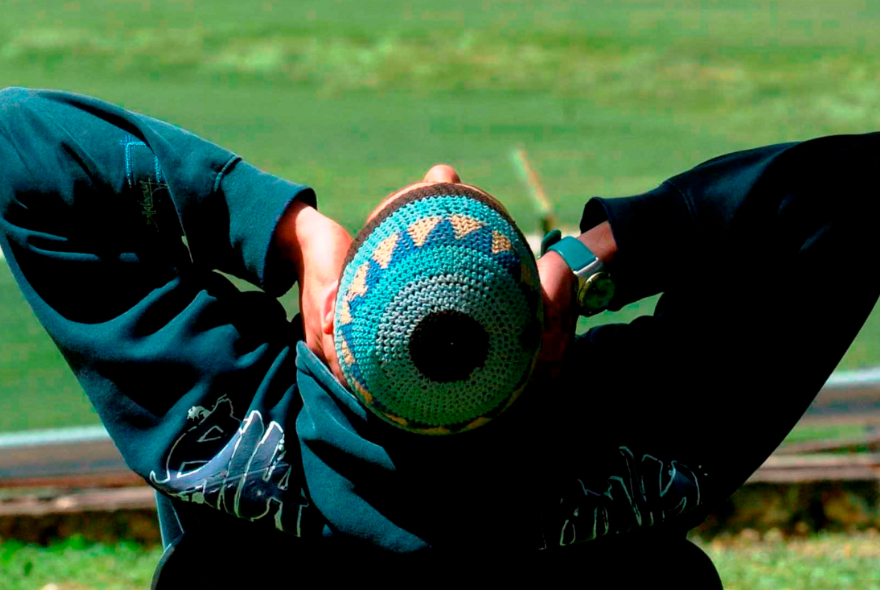
In the audit report on local government published this afternoon (Tuesday), State Comptroller Matanyahu Engelman addresses the issue of social services departments' treatment of at-risk youth - and presents interesting data regarding assistance to at-risk youth in general society, as well as in Haredi society and in other sectors and communities.
During the report, the auditor notes that in the municipal standards of Arad and Kiryat Motzkin, almost half of the social worker positions designated for the treatment of at-risk youth are unfilled, and in the local authorities of Kiryat Motzkin, Ramla and Yafia, there are less than two social worker positions designated for the treatment of at-risk youth.
In the local authorities of Kiryat Motzkin, Ramla and Yafia, the position of social worker who is the manager of the youth and young people section is not filled. In the absence of a youth and young people social worker, programs cannot be implemented in the community.
The report also states that the lack of buildings and physical infrastructure makes it difficult for the local authorities of Kiryat Gat, Ramla, and Yafia to operate shelters for at-risk youth. For example, in the Kiryat Gat municipality, serious safety problems were discovered in the 'Warm House' building in 2020 and the service was closed as a result, and since then the authority has not been able to re-establish it.
Referring to the Haredi sector, the State Comptroller notes that the Arad municipality does not have a solution for the Haredi population, even though approximately 60% of the children and youth in the city are associated with the Gur Hasidic community.
The Comptroller writes that the Arad Municipality did not submit a budget request from the Ministry of Social Affairs for the treatment of at-risk Haredi youth, and that the Municipality does not carry out preventive, detection or treatment activities, except in very rare and exceptional cases, and it is permissible to note that it does not act on the issue despite the large number of Haredi youth in its jurisdiction - approximately 4,500 Haredi children and youth.
On the other hand, the Ramle Municipality operates a Noham program for disconnected Haredi youth - 49 boys and girls. The Ramle Municipality only utilized 27% (approximately 121,000 NIS out of 440,000 NIS) of the budget given to it for this issue.
The auditor adds another statistic: Although the Kiryat Gat municipality received funding for this section of care for disconnected Haredi youth, it does not utilize the budget given to it (0% utilization of the budget in the amount of approximately 450,000 NIS).
Comptroller Engelman determined that local authorities must ensure that they include activities to identify youth at risk, to prevent risky behaviors in this population, and to treat it from a range of relevant aspects, and to hold regular discussions on the subject while synchronizing and coordinating with the treatment agencies.
"We cannot accept a situation in which many of the youth who are on the risk continuum - and in certain local authorities even the majority - are not known at all to the local authorities. The Ministry of Social Affairs and the local authorities cannot accept this situation, and they must plan and carry out actions intended to proactively locate (reach out to) youth at risk - in the physical space and in the virtual space. They are also required to collect and map the data regarding the youth who are located and work to expand the range of assistance provided to them in a manner adapted to their dimensions - their needs, their characteristics and the changing risks - and, as much as possible, while increasing their cooperation in this," said the Comptroller.